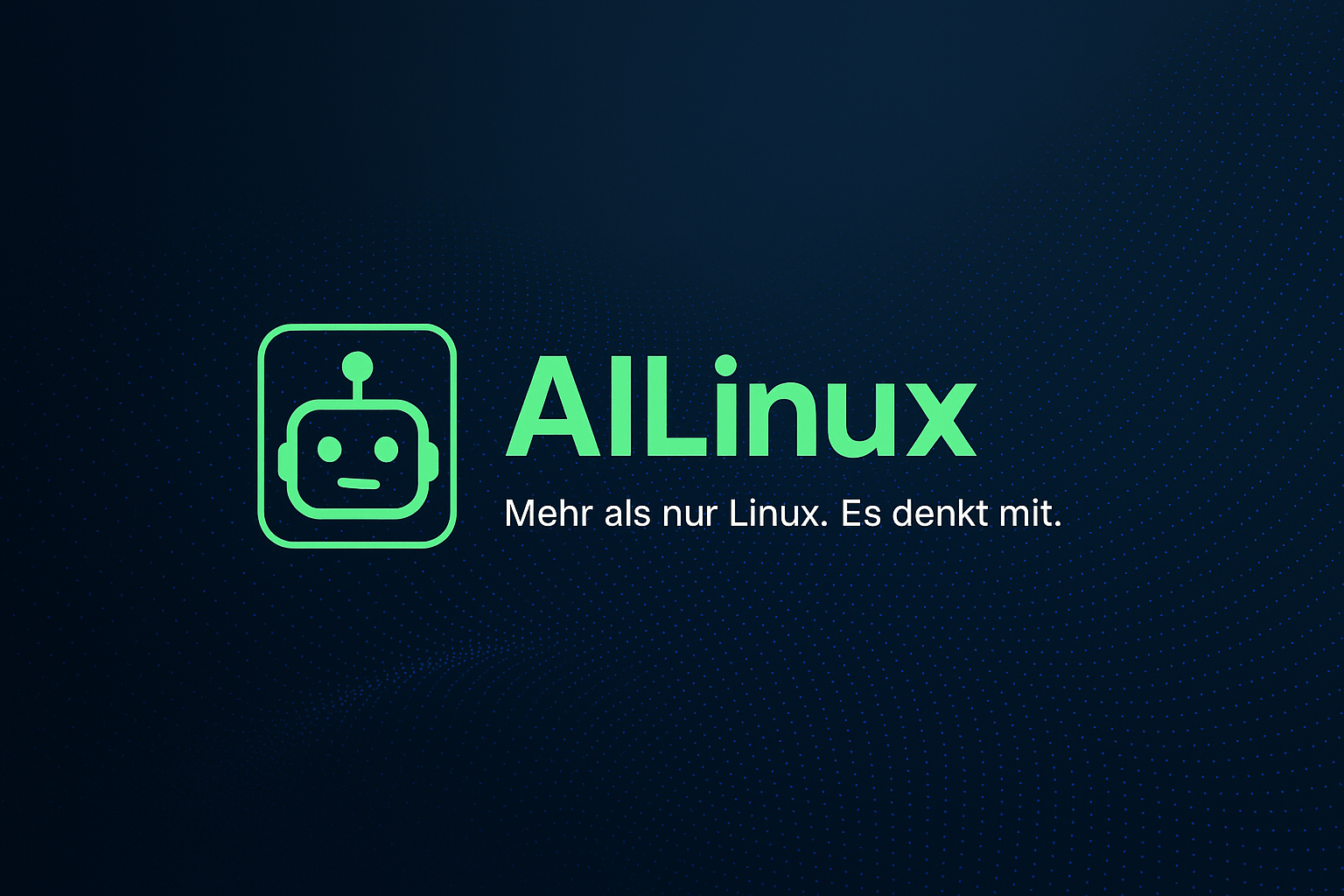
Contextum’s Modular Compute Protocol (MCP) introduces a new paradigm for decentralized, modular compute infrastructure. While its core architecture is powerful on its own, the Contextum CLI is the tool that brings it all together for developers and operators. In this article, we explore the technical details of how this CLI empowers professionals to deploy, manage, and monitor MCP deployments efficiently.
What is Contextum CLI?
The Contextum CLI (ctxctl) is a command-line tool designed to interact with the MCP stack. It provides fine-grained control over deployment lifecycle operations including cluster initialization, node provisioning, configuration updates, monitoring, and teardown.
1. Deployment Management
The CLI abstracts low-level orchestration complexity. Under the hood, it wraps tools like Terraform and Ansible (or native equivalents) to provision infrastructure and bootstrap MCP nodes across global regions.
ctxctl init --name dev-cluster --region us-east --nodes 3
ctxctl deploy --config config.yaml
`
Supports:
- Cloud and bare-metal provisioning
- Multi-region deployment strategies
- AI module pinning per node
2. Configuration as Code
ctxctl supports declarative configurations via YAML. This makes infrastructure reproducible and auditable.
`yaml
config.yaml
nodes:
count: 5
type: edge
region: eu-central
ai_modules:
- name: langchain-agent
version: latest
`
This configuration is parsed by the CLI and translated into infrastructure provisioning steps.
3. Versioned Upgrades
Keeping nodes and modules in sync is critical in modular compute environments. The CLI supports rolling updates, zero-downtime deployments, and module pinning.
bash
ctxctl update --deployment dev-cluster --version 2.1.4
4. Observability and Debugging
Integrated observability features:
bash
ctxctl status --deployment dev-cluster
ctxctl logs --node node-1 --follow
Data is pulled from MCP internal APIs and logs via gRPC endpoints, allowing efficient real-time monitoring.
5. Secure Identity and Access
Supports identity primitives like ed25519 and PQC keys. Credential management can be integrated with vault systems.
- TLS mutual auth
- Role-based permissions
- Encrypted deployment configs
Internals
The CLI is built in Rust for performance and safety. It uses:
-
clapfor argument parsing -
serdefor configuration parsing -
reqwestandtonicfor HTTP/gRPC communication
It interfaces with the MCP Control Plane over authenticated channels and caches metadata in local state directories (~/.contextum/).
For developers building on Contextum MCP, the CLI is more than just a tool — it’s the operational backbone. By abstracting complexity while exposing fine-grained control, it enables rapid and reliable infrastructure deployment and management. If you’re looking to scale decentralized compute or deploy AI at the edge, ctxctl is a core part of the workflow.
Try it:
curl -s https://install.contextum.sh | bash
🔗 Contextum Links
- 🌐 Website: https://contextum.org
- 🧠 GitHub: ContextumAI
- 🐦 Twitter/X: @contextumai
Follow for more deep dives into Contextum tooling and architecture.
